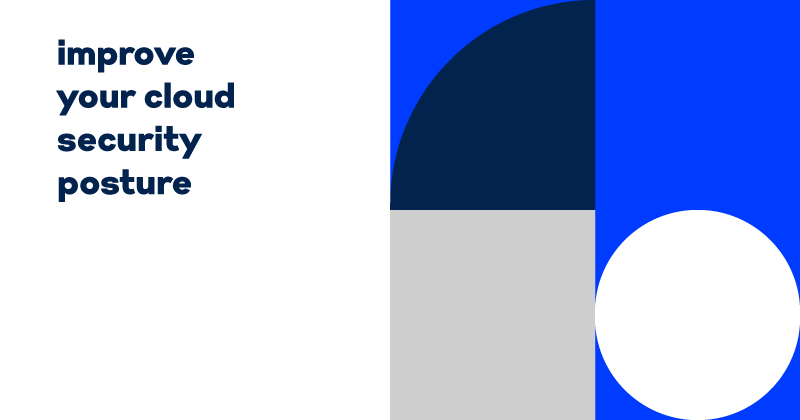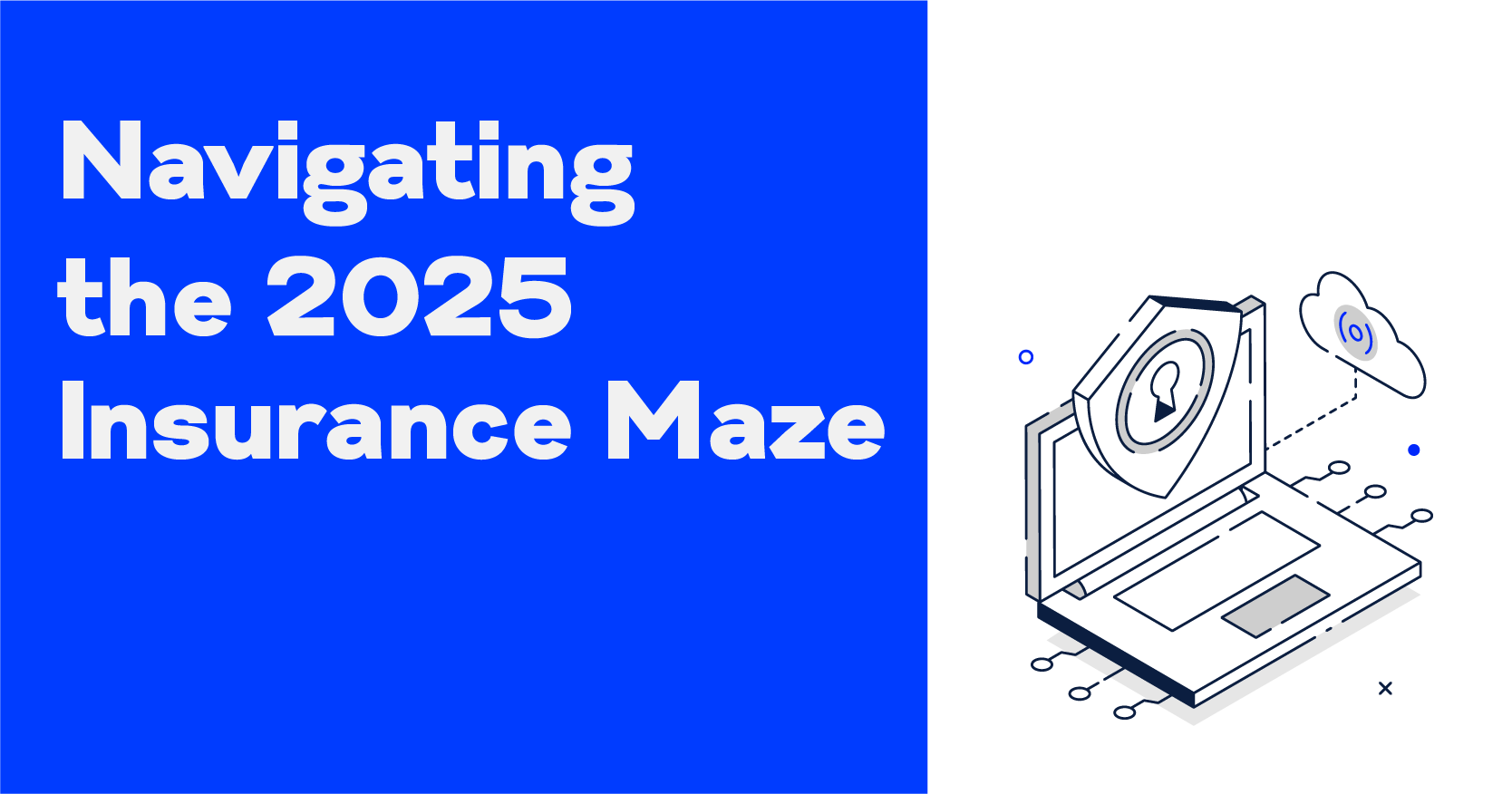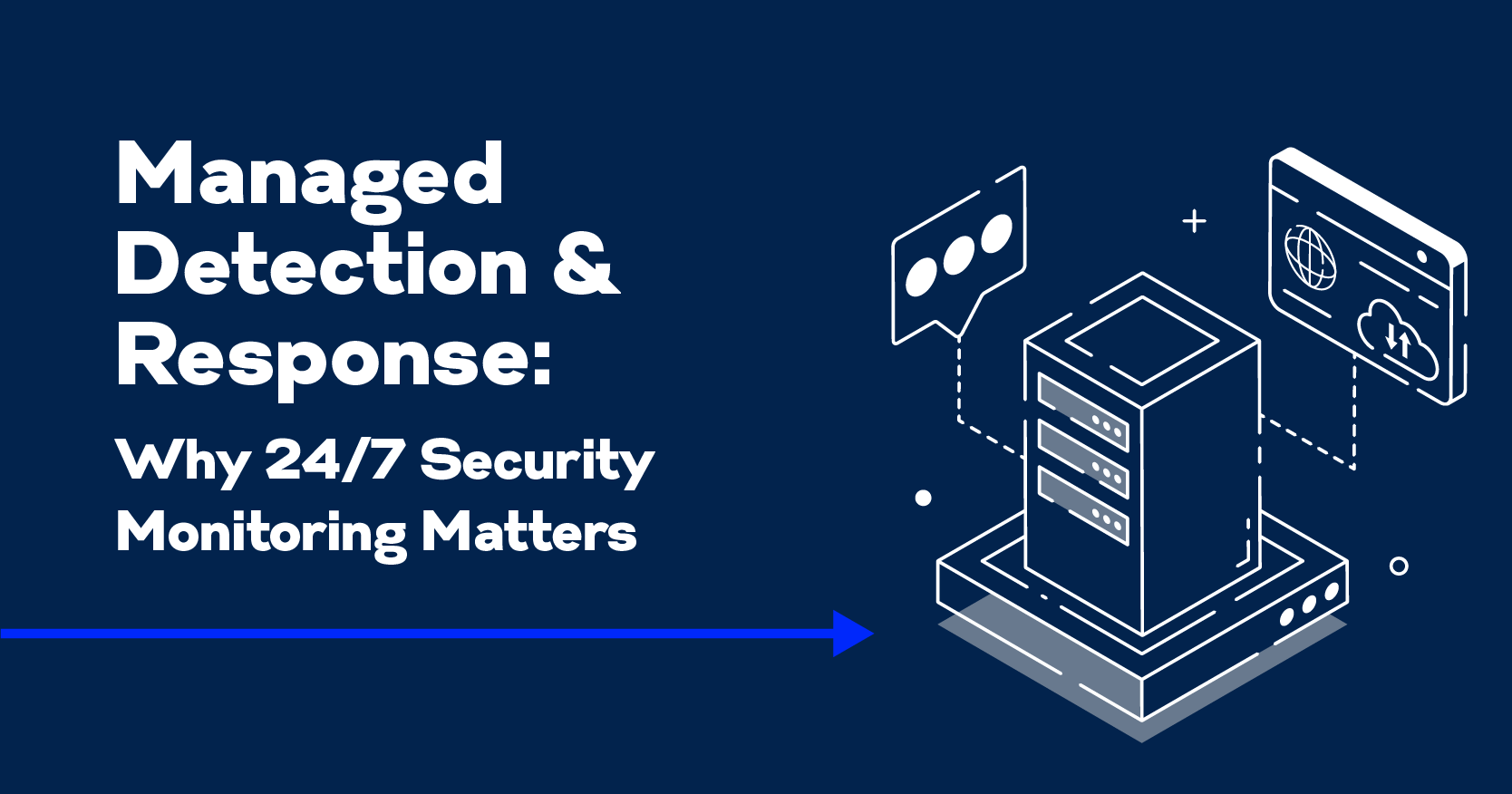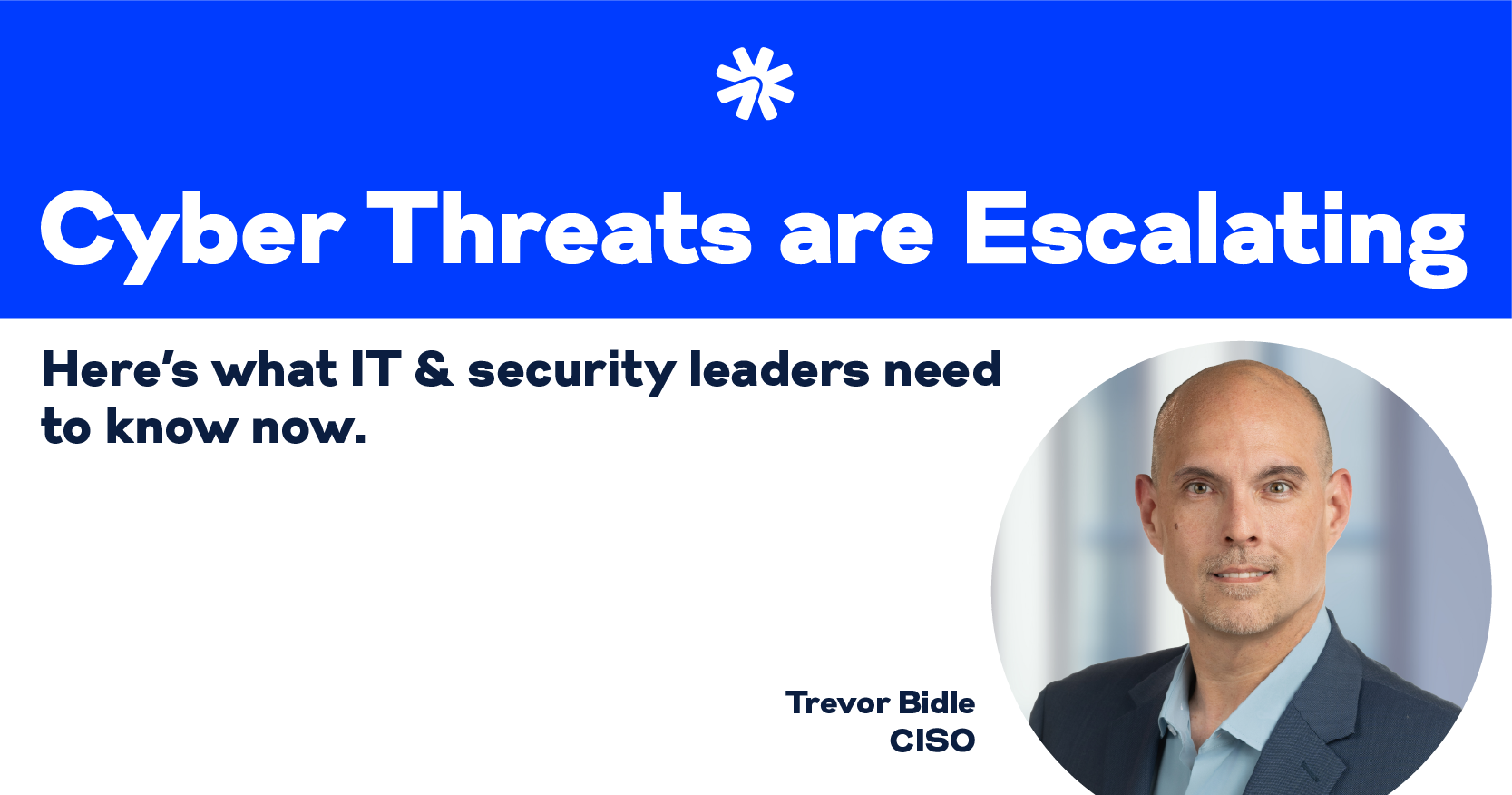Improve Your Cloud Security Posture

It’s an unfortunate truth. Despite all the security solutions and best practices available, there’s no guarantee that any IT system is completely safe.
Nonetheless, there are ways to help make data breaches less likely to occur. Among them: improving your security posture ─ specifically your cloud security posture.
Security posture refers to the overall security status of your IT assets, including software, hardware, networks, services, and data. It also includes the controls and policies in place to defend against cyberattacks, and your ability to respond to and recover from security events.
Because we’re specifically addressing cloud security, security posture extends to the infrastructure and services provided by any cloud services providers (CSPs) with whom you work.
The To-do List
Firewalls, endpoint protection, and other IT security solutions are important for strengthening IT security. However, improving your overall cloud security posture requires a broader, more comprehensive approach. The following are some of the “to-do’s” that should be included in that approach.
1. Understand cloud security responsibilities.
Make sure you understand how the responsibilities for security in the cloud are distributed between your organization and the CSP. The CSP is typically responsible for the security of the cloud; your organization is responsible for security in the cloud.
It’s also important to identify and communicate cloud security responsibilities within your organization. Cloud security is usually a shared responsibility throughout organizations, with each user ─ at the individual level and at the departmental level − responsible for understanding the security risks and policies of the cloud services being using and for following security policies and practices.
2. Gain visibility into your cloud resources.
Ensure you have complete visibility across your entire cloud environment(s). CSPs usually offer monitoring tools. Most of these tools, however, have limitations when it comes to providing detailed context and visibility across hybrid or multi-cloud environments. Consider supplementing them with third-party cloud security and compliance solutions that can provide granular visibility across different asset types, and show relationships and dependencies between cloud services and not just in isolation.
3. Protect against common misconfigurations.
Misconfigurations are among the main causes of data breaches. To help avoid them, establish a baseline for configurations and check for deviations. Continuously monitor changes, including which settings are modified, when, where, and by whom.
4. Inventory your IT assets.
You can’t protect what you don’t know you have. Collect detailed information about every device, application, service, or cloud instance that has access to your corporate network and data. (You may need to work with any CSP you contract with for cloud services to ensure you cover everything.) This is essential for identifying and understanding any risks associated with that specific asset. This will entail:
- Categorizing assets by type, sub-type, location, role, and whether they’re internet-facing or not
- Assessing the business criticality of each asset
- Gathering in-depth information such as the status of open ports, user accounts, roles, and services linked to each asset
- Ensuring that all assets are running properly, are properly licensed, and are adhering to your organization’s overall security policy
- Deciding which assets should be decommissioned if they’re no longer up to date or in use
- Continuously monitoring each asset for a real-time risk profile
- Creating triggered actions whenever an asset deviates from your organization’s security policy
You’ll want to periodically revisit this exercise to make sure your asset list and the associated information is up to date.
5. Conduct a security assessment.
After IT assets are inventoried, conduct a cybersecurity risk assessment. This is something you can do internally or outsource to a third-party company that specializes in these types of assessment. A key part of the assessment will be mapping your assets against their potential vulnerabilities, and determining your ability to prevent or respond to attacks.
Once you understand where the vulnerabilities are, those risks can be prioritized based on the level of threat they pose to your organization as a whole. This triage approach will enable you to put resources behind mitigating the threats that pose the greatest potential business impact.
To protect against the most severe threats, systems should be put in place to continuously monitor and evaluate emerging risk and the strength of IT systems.
6. Defend against internal threats.
Internal threats, whether from negligent employees, malicious insiders, or third-party companies that do work for your company, are responsible for a large percentage of data breaches. Employees should be constantly trained in internal security policies and procedures, as well as in how to avoid and/or respond to cyberthreats. Special policies and procedures should be in place to minimize threats and vulnerabilities associated with working with contractors and vendors.
It’s also important to incorporate formal actions such as limiting USB and peripheral use, using strong encryption, enabling remote wipe options, and continuously monitoring adherence to security policies.
Make sure to:
- Determine who has access to what data and why
- Check that permissions match employees’ roles and access rights align with relevant data protection policies
- Implement a procedure to ensure permissions are removed when employees leave the organization
7.Create a cloud governance program.
Develop a governance program that meets users’ needs while ensuring the implementation of the strictest security rules and best practices. Consider controls, such as those described by The Center for Internet Security – CIS, and determine any exceptions.
Make sure to communicate and enforce this program to all relevant stakeholders.
8. Use automation whenever appropriate.
Help reduce the potential for human error by using automation to manage cloud security whenever possible. This will help minimize misconfiguration, mismanagement and mistakes.
Leveraging automation for threats detection and remediation can also help create a more proactive cybersecurity posture by speeding up both processes.
The key to automation is to segment security actions into ones that can be fully automated and those that need human intervention. As a best practice, fully automated actions or guardrails are cloud security policies and configuration standards that apply universally across cloud teams or resources.
9. Employ a broad range of cloud security tools and tactics.
Use a wide variety of security tools and tactics. This should include configuration management and access control solutions, endpoint protection solutions, network security solutions, secure file sharing solutions, and security information and event management (SIEM) solutions.
Consider a defense-in-depth strategy that leverages multiple security measures. The idea is that if one line of defense is compromised, additional layers exist as a backup to ensure that threats are stopped along the way.
Zero Trust is also recommended. It’s a security framework that requires all users, both in or outside your organization’s network, to be authenticated, authorized, and continuously validated for security configuration and posture before being granted or keeping access to applications and data. Zero Trust assumes there’s no traditional network edge. Networks can be local, in the cloud, or a combination or hybrid with resources anywhere as well as workers in any location.
10. Partner with your CSP.
Don’t hesitate to ask your CSP about the security mechanisms they have in place and how they ensure the security of your cloud environment(s). Keeping your organization happy and secure is critical for the CSP(s) you contract with for cloud services.
Reputable CSPs have extensive security mechanisms in place to provide high-level security for your workloads and data. Many also regularly undergo audits to meet the stringent security requirements of various industry standards and government regulations, including HIPAA and PCI DSS.
If you feel you need more security than is currently available with your cloud services, ask for recommendations for how to further bolster security. Many CSPs also offer managed security services that could provide what you need, or can make recommendations for other tools and technologies.
Safe with US Signal
Learn what US Signal is doing to ensure the security of our customers’ cloud environments ─ and how we can help your organization improve its cloud security posture. Contact us today .



